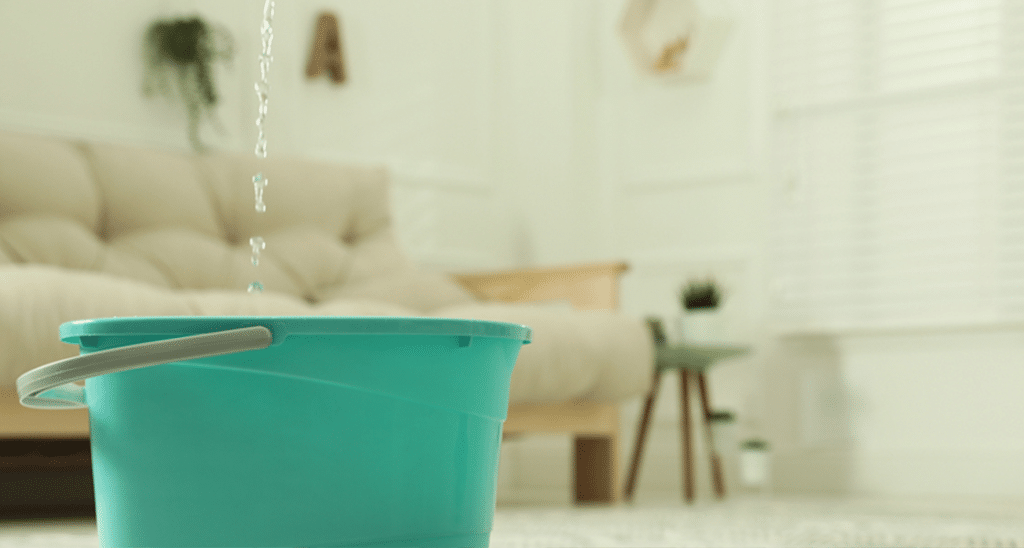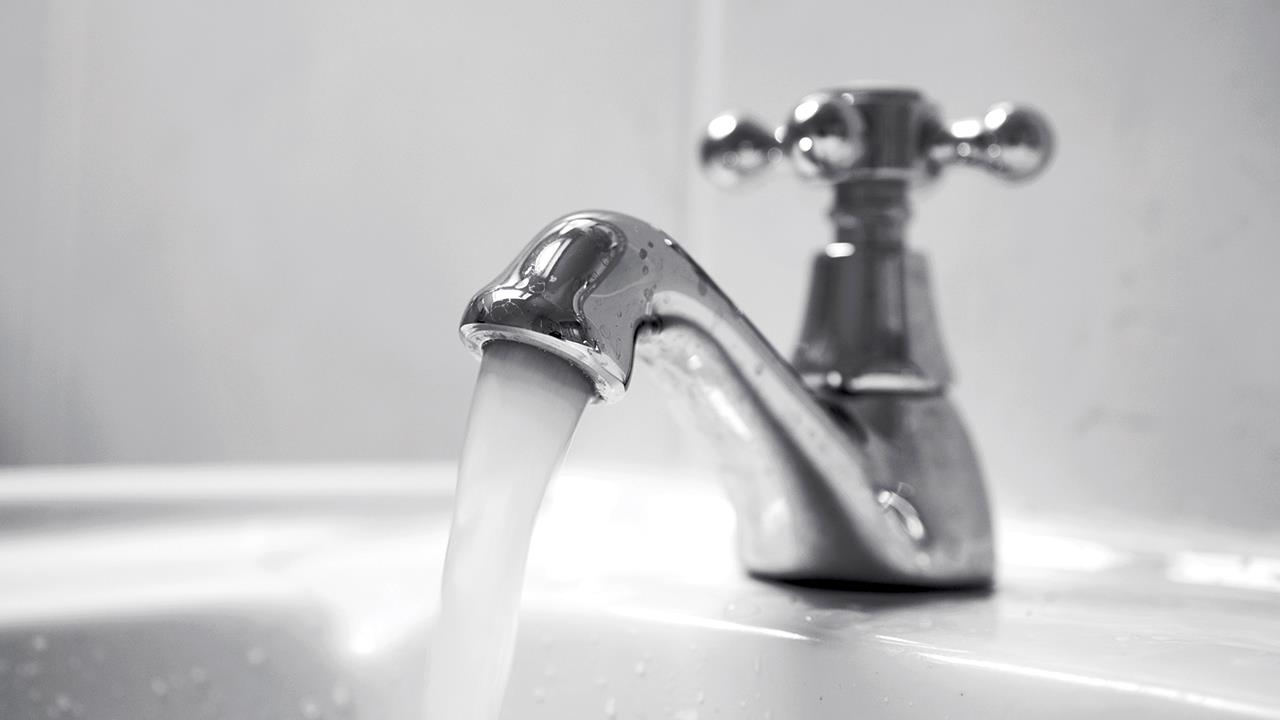Discovering When a Busted Faucet Would Harm Your Home
Discovering When a Busted Faucet Would Harm Your Home
Blog Article
What are your insights and beliefs about Potential Health Risks Associated With Leaky Faucets?

Intro
A dripping tap could feel like a small annoyance, but its consequences extend far past the periodic drip. Comprehending the impacts of a leaking faucet is important for both house owners and the atmosphere. In this post, we'll check out the different effects of this common household issue and why resolving it without delay is crucial.
Causes of Leaky Faucets
Leaking faucets can result from a variety of factors, including wear and tear, high water pressure, and corrosion. Over time, the constant use taps can bring about damaged seals and gaskets, triggering leakages to develop. Additionally, excessive water stress can put pressure on plumbing fixtures, causing leaks. Corrosion and rust can also weaken tap elements, making them vulnerable to leak.
Water Wastage
Among one of the most substantial repercussions of a leaky tap is water waste. Even a little drip can amount to gallons of wasted water in time. This not only increases water expenses but additionally adds to water shortage and environmental deterioration. Attending to leaky taps quickly is essential for preserving this valuable resource and decreasing its effect on the planet.
Financial Effect
In addition to drainage, leaky taps can also have a substantial monetary influence. Enhanced water costs are a direct effect of water wastage, setting you back property owners thousands of dollars every year. Moreover, the expense of fixing water damage triggered by leakages can be considerable, specifically if left unattended for a prolonged duration.
Environmental Effect
The ecological impact of leaking taps extends beyond water wastefulness. By conserving water, property owners can add to more comprehensive efforts to reduce water scarcity and secure all-natural ecosystems. Sustainable options such as rain harvesting and water-efficient components can even more minimize the ecological impact of household water usage.
Technological Solutions
Improvements in modern technology have led to the advancement of wise taps and water-saving gadgets that help lessen water waste. Smart taps make use of sensors to detect activity and change water flow as necessary, reducing waste without giving up comfort. Water-saving devices such as aerators and low-flow showerheads are likewise reliable in preserving water without endangering efficiency.
International Perspectives
While dripping faucets may look like a localized issue, they contribute to broader global challenges such as water scarcity and climate adjustment. In areas currently dealing with water stress, every drop counts, making leakage avoidance and repair service crucial. By taking on water-saving methods and purchasing sustainable technologies, homeowners can play their component in resolving these pushing worldwide issues.
Regulatory Actions
Federal government policies play an important role in mitigating the influence of leaking faucets and advertising water conservation. From constructing codes that call for water-efficient components to water-saving incentives and discounts, policymakers have a series of tools at their disposal. By implementing and applying these guidelines, governments can ensure that house owners prioritize water preservation in their lives.
Area Effect
Addressing dripping faucets calls for collective initiatives at the neighborhood degree. By increasing awareness regarding the importance of water preservation and providing sources for leakage detection and repair service, local authorities can equip homeowners to act. Initiatives such as water-saving refund programs and leakage detection projects can incentivize actions modification and promote accountable water use.
Case Researches
Real-life instances of the impact of leaking taps emphasize the significance of aggressive maintenance and timely repair services. From water damage to escalating water costs, the consequences of disregarding leakages can be extreme. By sharing these case studies, house owners can much better understand the importance of resolving leaky faucets promptly.
Educational Campaigns
Educational campaigns play a vital role in raising understanding regarding the results of dripping faucets and promoting water conservation methods. With workshops, workshops, and on-line sources, homeowners can learn exactly how to discover and fix leaks themselves. By equipping individuals with understanding and devices, academic projects can cultivate a society of liable water use within areas.
Wellness Problems
Dripping taps can develop helpful settings for mold and mildew and mold development, positioning health and wellness dangers to residents. The existence of mold can intensify respiratory issues and allergies, particularly in at risk people. In addition, water damage arising from leaks can jeopardize the structural integrity of buildings and lead to expensive repair work.
DIY vs. Specialist Fixing
When confronted with a leaking faucet, homeowners often question whether to try repair work themselves or hire a professional plumber. While do it yourself repair services can save cash, they might not constantly attend to the underlying issue properly. Expert plumbings have the knowledge and equipment to detect and repair leakages properly, guaranteeing lasting options and assurance for home owners.
Safety nets
Preventing dripping faucets calls for normal upkeep and proactive actions. Easy jobs such as replacing damaged washers and seals can protect against leaks from creating. Additionally, updating to top quality components and reducing water stress can help extend the life-span of faucets and decrease the threat of leaks.
Final thought
In conclusion, the impacts of a dripping faucet prolong much beyond the occasional drip. From water wastefulness and increased water expenses to wellness issues and ecological influence, the consequences of neglecting leakages can be significant. By dealing with leaking taps without delay and adopting water-saving methods, home owners can mitigate these effects and contribute to an extra lasting future.
Why You Shouldn’t Ignore a Leaky Faucet in Your Home
What Causes a Leaky Faucet?
Various factors can cause a leak, from loose and worn-out parts to corrosion. Your faucet has four essential components from which most plumbing issues will stem: the O-ring, the valve seat, the washer and the gasket.
What Is an O-Ring?
The O-ring is a stem screw that fastens parts of the faucet in place, preventing water from leaking out of the spout. Depending on your faucet type, the stem might have multiple O-rings. Water will drip from the faucet’s handles and base if this part breaks or deteriorates.
What Is a Valve Seat?
The valve seat controls the flow and temperature of the water. Found at the base of the handle, it works as a seal for the faucet’s stem. The valve seat ensures the water is allowed to flow or is blocked as the handles dictate. You’ll know it’s malfunctioning when water leaks from your faucet’s sides.
What Is a Gasket?
The gasket is found between the water inlet and the valve stem. It creates a seal between the faucet and the sink, holding its joints by aerators attached to the stem’s head. Water will trickle out from the base if the gasket isn’t working.
What Is a Washer?
The washer secures the handles and prevents leakage, serving a similar purpose to the O-ring. While the O-ring is ordinarily round and made from an elastic material, such as rubber, the washer is square-shaped and composed of brass, copper and other hard metals. If it malfunctions, corrodes or has been improperly installed, water will leak out of the handles, causing that incessant faucet drip.
Why Is a Leaky Faucet Dangerous?
A leaky faucet left alone for too long can have significant consequences.
Pest Infestations
Since bugs and rodents gravitate towards the scent of water, a leaky faucet will draw pests to your sink. Both are looking for leaks accessible through crawl spaces, which a faucet provides. If you leave water dripping for too long, you run the risk of an infestation.
Rust
If one of the faucet parts has started to corrode, the resulting rust can spread to your pipes and valves with startling speed. The rust might even lead to cracks or other impairments, resulting in more severe plumbing issues.
Your sink could also sustain damage from a leaky faucet. The water in your tap possesses sparse elements of calcium and iron that can stain your sink with repeated and prolonged exposure. Once those elements in the water have been open to the air for some time, your sink will start to rust, creating marks that can be difficult to remove.
https://www.tomsmechanical.com/blog/why-you-shouldnt-ignore-a-leaky-faucet-in-your-home

I stumbled upon that blog post on Here's How to Fix a Leaky Faucet while doing a lookup on the search engines. Those who appreciated our article kindly remember to share it. Thanks a lot for going through it.
Report this page